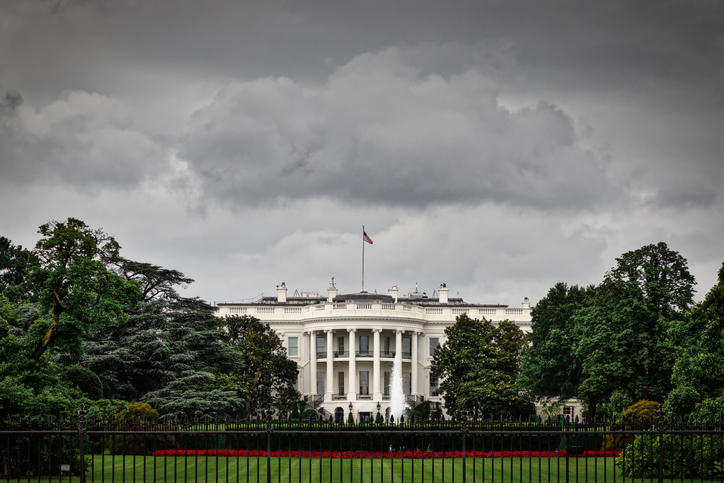Right on the heels of Earth Day, President Joe Biden signed Executive Order 14096, titled “Revitalizing Our Nation’s Commitment to Environmental Justice for All” (full text of the Order can be found in the Federal Register, accessible here).
This “whole of government” EO will affect how the federal government oversees permitting and funding for industry building and expansion in already overburdened communities, in which low-income and people of color typically reside. This is only the latest of many actions undertaken by this administration signaling a continued focus on environmental justice (covered by ELM here), which has also gained momentum at the state level (as explained by ELM here).
Although environmental justice issues have increased in visibility and urgency during the Biden Administration, Biden’s Executive Order serves to broaden and further develop Executive Order 12898, signed by former President Bill Clinton, which governed federal environmental-justice policy for almost three decades.
Biden’s EO adds upon Clinton’s EO by expanding how “environmental justice” is defined and understood by federal agencies. The new EO adds disability and tribal affiliation to the factors considered when assessing environmental effects on overburdened communities, such as income, race, color, and national origin. The new EO also unambiguously indicates that federal agencies are to consider the “legacy of racism or other structural or systemic barriers” when considering the needs of overburdened communities that would be affected by federal activities that “affect human health and the environment.” Finally, the Biden EO directs that programs receiving federal assistance comply with Title VI of the Civil Rights Act, ensuring that no person shall be denied federal assistance on the basis of certain indicators.
Moreover, whereas Clinton’s EO was aspirational — suggesting progress toward more equal environmental protection by urging federal agencies to consider the disproportionate impact on overburdened communities when approving or planning building projects, programs, and policies — Biden’s EO displaces the suggestive nature of its predecessor’s by introducing action and active prevention rather than mere policy influence. No more passive consideration of environmental impacts; indeed, Biden’s EO directs federal agencies to “address and prevent disproportionate and adverse environmental health and impacts on communities….” Biden’s EO also emphasizes the need for federal agencies to actively involve the American public in the decision-making process, particularly seeking out community participation, including giving the affected communities opportunities to provide relevant input.
And, for the first time, Biden’s EO also adds an explicit directive to address and prevent cumulative impacts of pollution and other burdens like climate change. This reflects a relatively new policy focus on “cumulative impacts” – recently the focus of environmental justice legislation recently passed in New York – on overburdened communities, which are hazardous or detrimental effects that build and augment over time. Additionally, Biden’s EO improves upon Clinton’s by invoking the National Environmental Policy Act in directing federal agency assessments of direct and indirect cumulative impacts, which will affect upcoming NEPA regulatory amendments.
The above and other additions to Clinton’s early-days environmental justice EO render Biden’s EO more forceful and, put simply, less optional. As for more details as to how all of it will be implemented, the Council on Environmental Quality is expected to issue interim guidance by the end of the year and more long-term guidance by the end of 2024.

